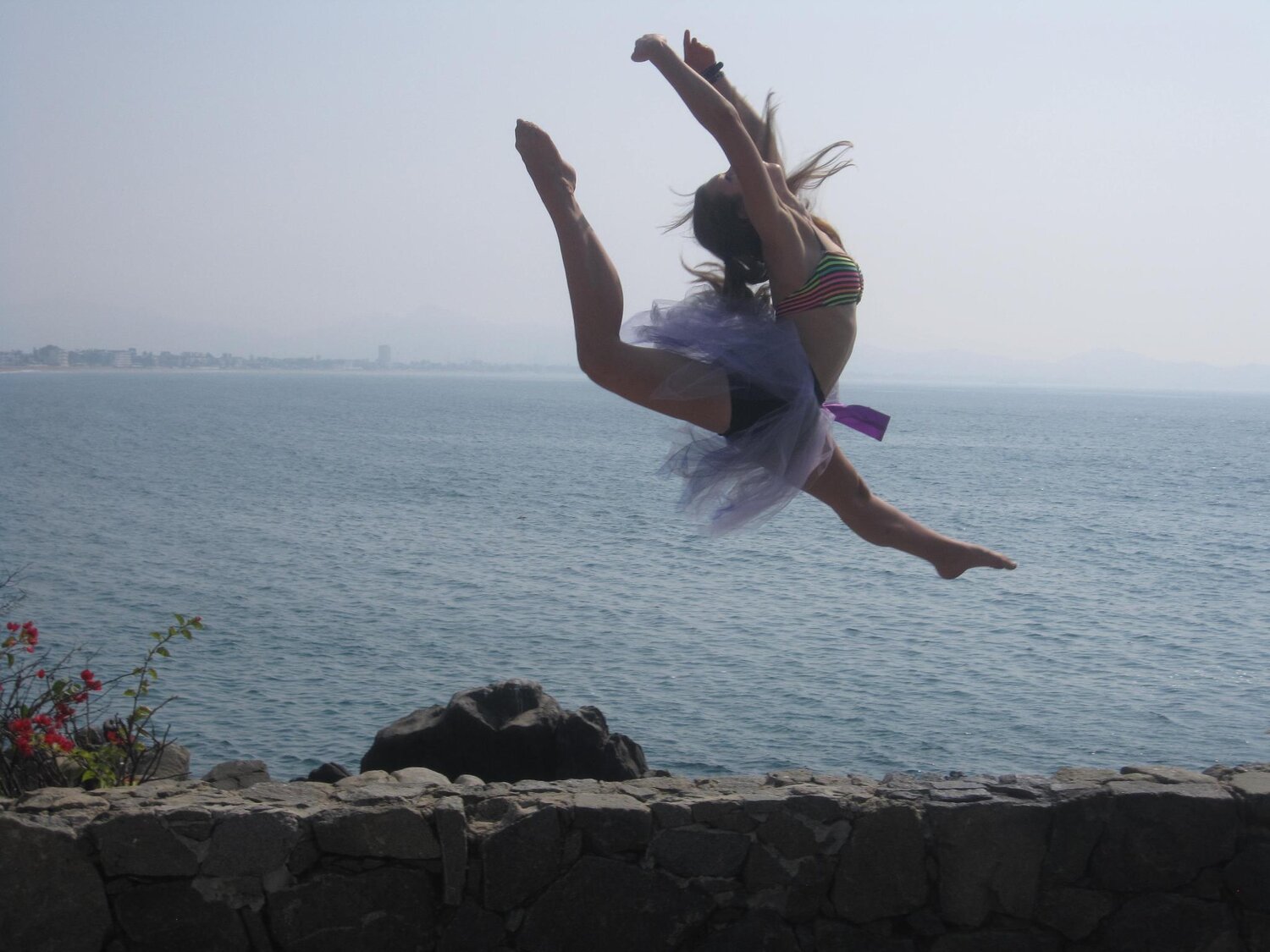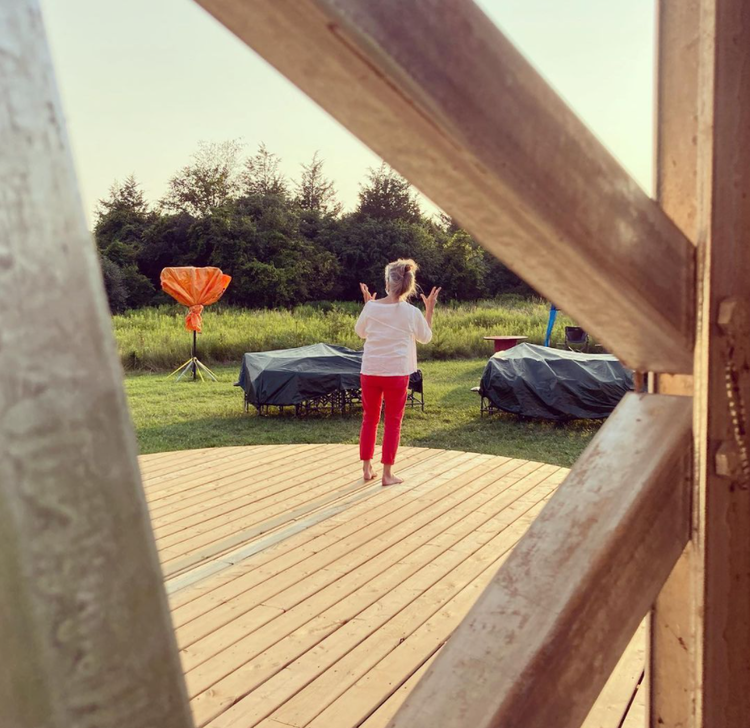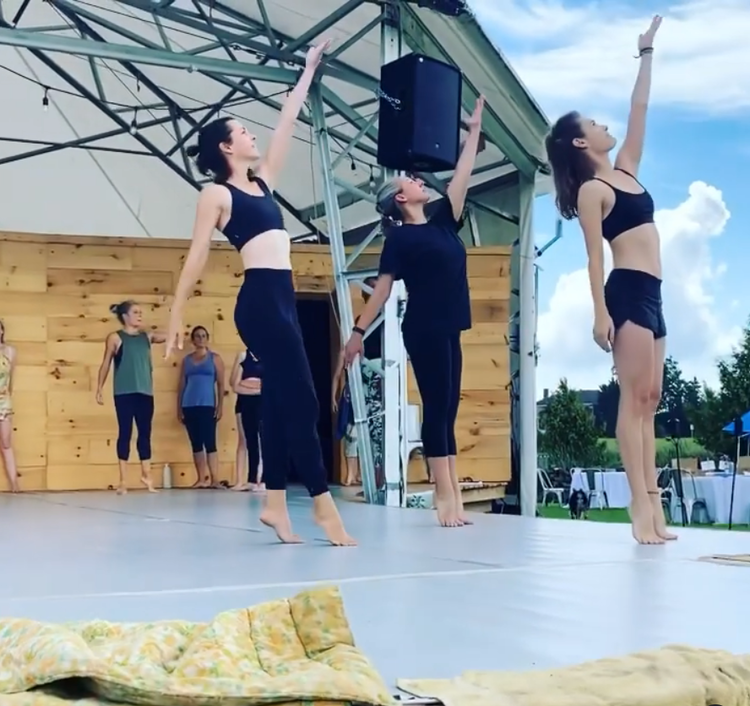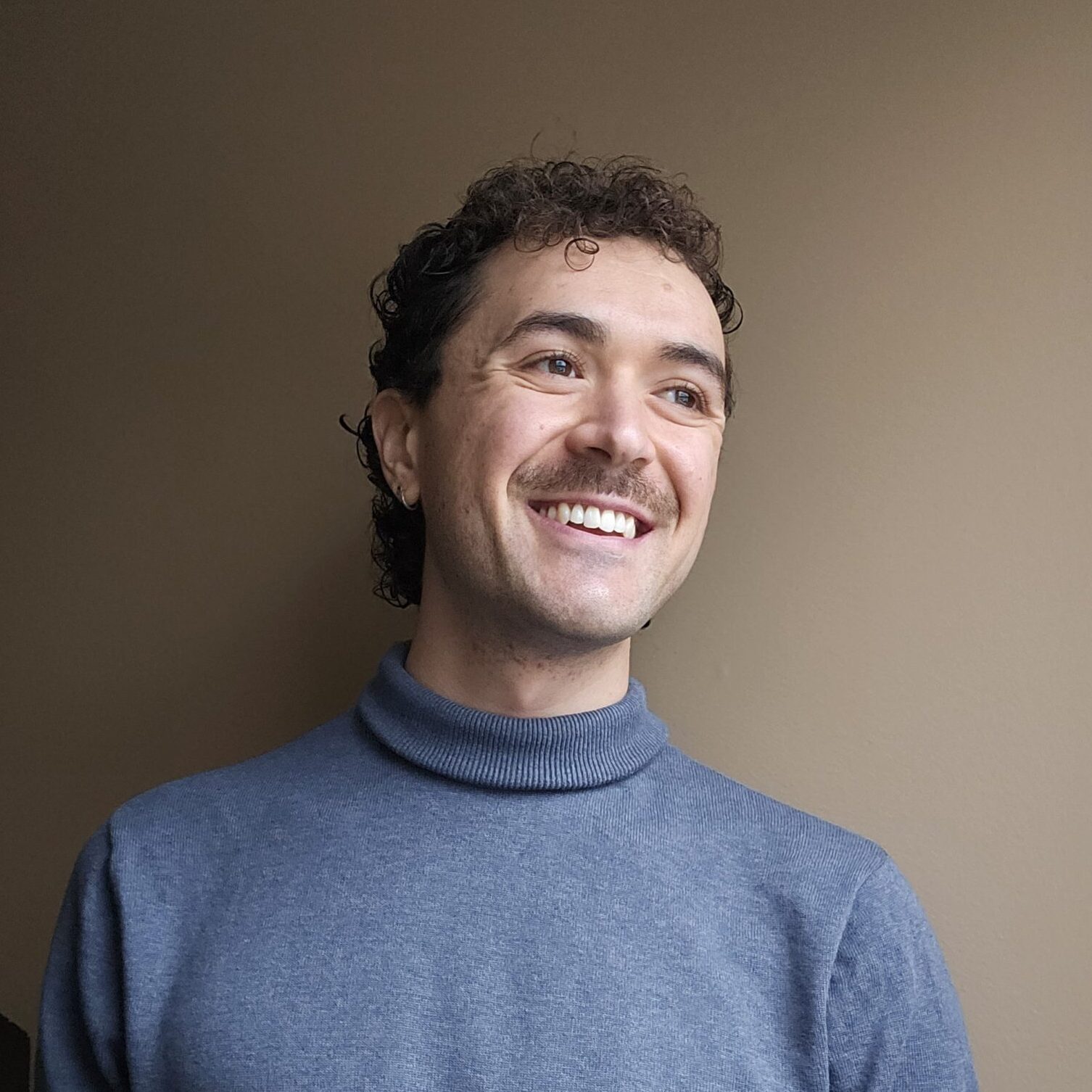Reclamation and Celebration in the County

Somewhere in the vast Prince Edward County (located west of Kingston and spanning roughly 1,050 square kilometres), a tented proscenium theatre stands before sprawling fields and a signature red barn. In addition to offering a decadent cheeseboard or glass of vino from one of the county’s many wineries, this space also recently offered a contemporary dance festival, and with no less flavour.
Performed at The Eddie Hotel and Farm’s BMO Pavilion, FLIGHT: Prince Edward County’s Festival of Contemporary Dance was a radiant celebration of education and expression. Created and led by Carol Anderson, Arwyn Carpenter, Kristen Foote and Sophie Dow (all of which having extensive dance, movement and mentorship backgrounds), the festival was a carefully selected collection of contemporary dance pieces and compelling introductions.

While the performances themselves were electric and each remarkable in their own way, I find it vital to investigate FLIGHT as a whole. What principles were guiding this festival that championed diverse and Indigenous dance, and after discussing their relation to urgent social issues?
In my research, I learned that FLIGHT was mostly funded by donors and sponsors, and though it was performed in Prince Edward County, the planning process took place largely between New York and Tkaronto (Toronto). In their online mission, the creators explain their choosing of Prince Edward County for its combination of “rural roots and creative pursuits” and unique community.
In hopes of connecting with this community, FLIGHT was not just one performance played out over a set of summer nights, but rather a compilation of work and workshops. With summer classes leading up to the festival including ‘Mindful Movement’, ‘Directional Honouring in Movement’, and ‘The Grass is Lava’ (hello, where can I sign up?), the festival actively explored engagement with its community and audiences, rather than a spectator-performer dichotomy that some companies seem to revere.
Of further significance to the offering of these classes were the themes in which they investigated. In addition to being open to all ages and ranges of experience, each workshop put emphasis on the type of movement and the environment in which it would take place (e.g. “explore teachings from the land, through movement-based improvisation”, and “experience beautiful spherical movements designed to open heart and wings, taught by the charming pond”). By continually referencing the land, FLIGHT creators asked their audiences and workshop attendees to consider their relationships to it as well.

This asking continued all the way to the FLIGHT performance itself, with the mesmerizing sheet of sky that acts as a backdrop for the beautiful BMO Pavilion. Not only did the open stage add to the uninhibited expression of the dancers, but it transitioned to fit the mood of each performance, further exhibiting the expertise of the programmers. While the brilliant blue for Taino/Cree Shapeshifter Beanie John’s Indigenous hoop dance suggested a triumphant reclaiming of the land and the vast sky full of opportunities, the ultimate darkness for The Ritmo Flamenco Dance and Music Ensemble created a Spanish pavilion where clapping along in awe of the dance was unavoidable.
While these performances and preparatory workshops exhibited a large part of FLIGHT’s attention to land and movement, the full effects were felt during the festival’s keynote introduction from Judith Burfoot, a Black creator and community-builder. As listeners soon came to know, Burfoot is the founder of ‘All Welcome Here’, a charity organization that aims to connect people of colour in the rural Prince Edward County community and challenge racism and isolation amongst BIPOC people.
After describing this vital work, Burfoot discussed the political history of dance, and for how both Indigenous and Black people, gatherings involving dance were outlawed as a means of oppression (e.g. banning potlatches) or racist mockery (e.g. minstrel shows). Thus, in performing traditional and contemporary dances, performers of FLIGHT were reclaiming forms of expression that their ancestors may have been denied. By contextualizing the festival in this way, Burfoot celebrates the festival’s progress while also suggesting that, in its uniqueness, there is still a ways to go.
At the end of my investigation, I felt a newfound appreciation for contemporary movement and dance. Not only did FLIGHT use these forms as a means of connecting to the land and community, but also as a means of reclaiming the past and pushing for a better future. Though I was unable to watch this year’s event in person, I am sure that the festival will find its way back to Prince Edward County, and whether it is through watching or workshop participating, I strongly suggest attending as well.
“Dance is a universal language, and one that bridges any language barriers. Movement and expression, form and grace, power and emotion are all things that touch and connect us in the deepest parts of our community. And dance is also powerfully communal and individual. It’s powerfully specific and powerfully political. Dance can build, enrich and support our individual communities and bond us in kinship.”
–Judith Burfoot, FLIGHT (accessed online on August 24, 2021)
FLIGHT: Prince Edward County’s Festival of Contemporary Dance’ was presented on August 19-22 with an online viewing on August 24. Click here for more from the Festival Players, or here for more from All Welcome Here.
